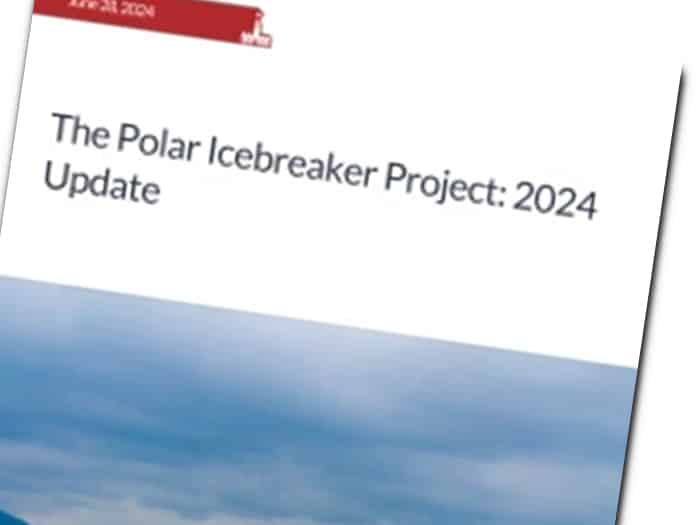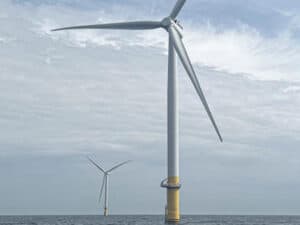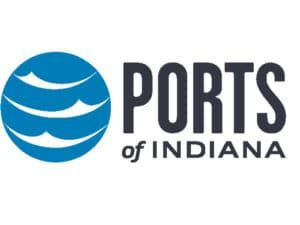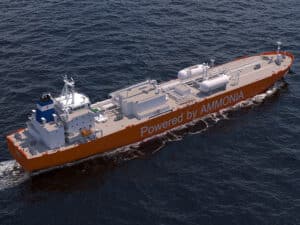
Canadian polar icebreakers: Delayed and over budget
Written by Nick Blenkey
A recent GAO report found that the U.S. Coast Guard’s three-ship Polar Security Cutter program is about $2 billion over its original budget and delayed by about five years. The Canadian Coast Guard might, or might not, take some comfort from that as it digests a just released Parliamentary Budget Office (PBO) report that finds that the Canadian polar icebreaker project is also delayed and over budget.
The two-ship Canadian polar icebreaker project was launched by the Government of Canada in 2008, but the delivery date was subsequently twice delayed to allow Vancouver Shipyards (VSY) to finish its work on the Royal Canadian Navy’s Joint Support Ship (JSS) Program. The current Canadian polar icebreaker project calls for the acquisition of two new vessels, with one being constructed at Vancouver Shipyards in British Columbia and another at Chantier Davie Canada Incorporated (CDCI) in Québec. The Government of Canada is currently in negotiations with Davie regarding the vessel it will construct.
The Parliamentary Budget Office anticipates that the construction process will span seven years, with construction on the Vancouver Shipyard vessel beginning in 2024-2025 and its delivery being in 2030-2031. The Government of Canada is currently in negotiations with Davie Canada Incorporated to establish timelines for the second vessel. PBO assumes that construction will begin in 2026-2027 and that delivery will be in 2032-2033.
The PBO now estimates that the polar icebreaker project will cost a total of CAD 8.5 billion dollars.
These costs represent an increase of about CAD 1.27 billion over the estimate in a 2021 PBO report on this project.
“There are several factors that contributed to this increase,” says the PBO report. “The first was an increase in the overall tonnage of the vessel, from a full load weight of 23,500 metric tonnes as reported in 2021 by PBO to 26,000 metric tonnes. Second, the previous report did not account for higher-than-expected inflation in the intervening years. Third, continued delays to the program which resulted in a longer development phase, and a subsequent decrease in purchasing power in the acquisition phase due to inflation.”
The full report contains all the nitty gritty on how the PBO arrived at its numbers.
“We welcome this report because it provides us with valuable data that will support our goal of investing every taxpayer dollar in the best way,” said a statement released by the Canadian Coast Guard.
“We are now carefully reviewing the findings of the report, and would like to thank everyone involved for their hard work gathering and preparing this data.
“With their enhanced capabilities, these larger, more powerful polar icebreakers will enable the Canadian Coast Guard to conduct year-round operations in Canada’s Arctic. Their greater endurance will ensure they can operate further North, for longer periods. Ultimately, they will allow the fleet to better support Indigenous peoples and Northerners, strengthen Arctic sovereignty, advance high Arctic science, in addition to better respond to maritime emergencies.
“It is important to note that the initial costs were calculated based on the polar icebreaker design from 2014. In 2022, the ship’s design was improved to reflect the latest standards and technological innovations. This necessary update has inevitably led to cost increases. That said, it will be better able to respond to the many missions of the Canadian Coast Guard, and for a longer period of time.”
- You can read the full PBO report HERE




